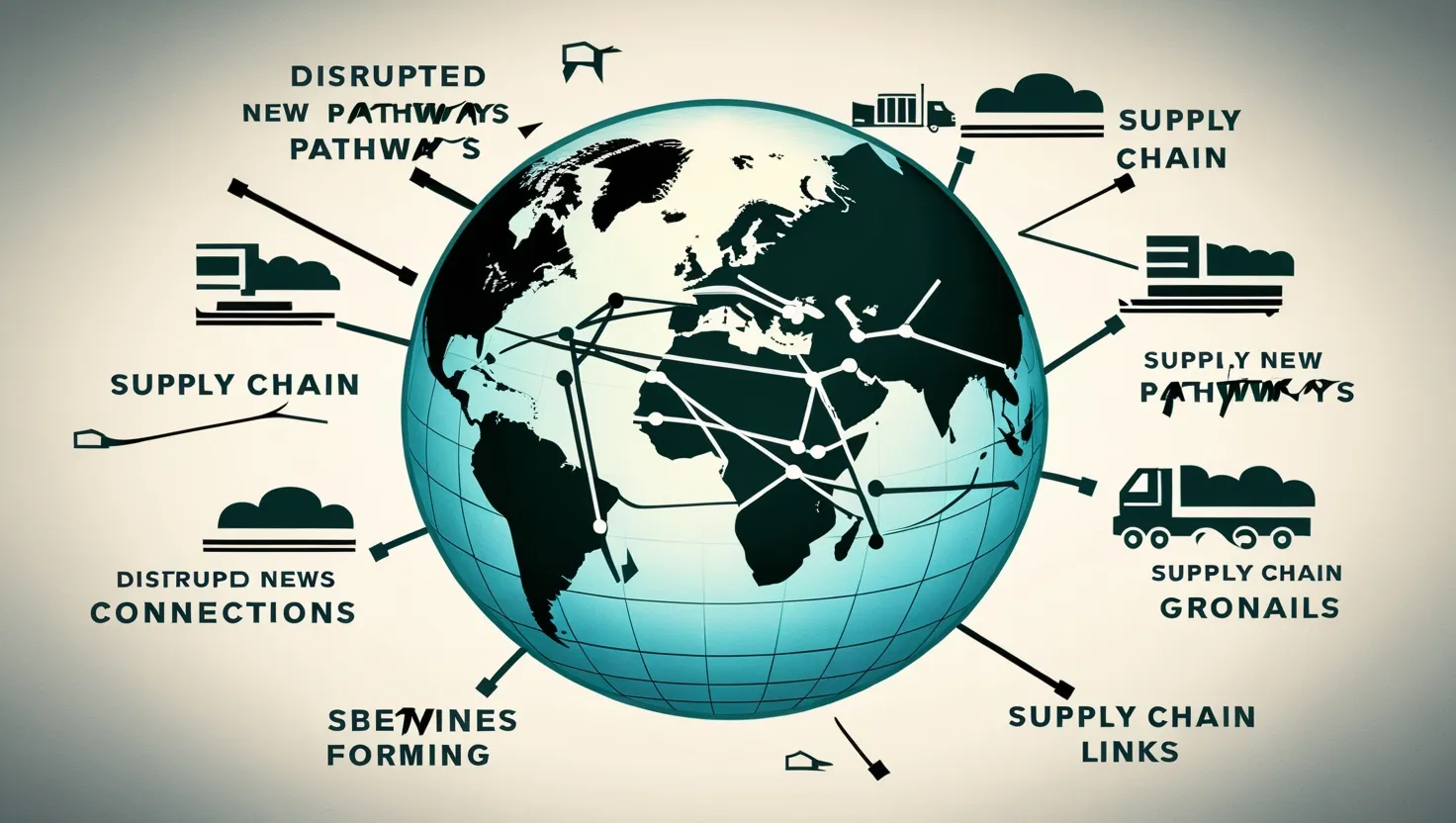When we hear the term "middleman," it often conjures up negative stereotypes. The phrase "cutting out the middleman" is commonly considered a positive move. But is it always beneficial? Stripe, one of the fastest-growing fintech companies globally, has built its success on being the Internet's middleman. With a valuation of $35 billion, Stripe's journey offers valuable insights into the role a middleman can play in modern business.
Stripe was founded by brothers Patrick and John Collison, who grew up in rural Ireland. Their entrepreneurial spirit was nurtured by their parents, who were also business owners. The Collison brothers started experimenting with web development in their teens, leading to the creation of their first business, Auctomatic, which they sold for $5 million before finishing high school.
After moving to the U.S. and briefly attending Harvard and MIT, the Collisons noticed a significant gap in the online payment industry. While it was easy to make money through the App Store, accepting payments for online businesses was cumbersome and outdated. This realization led them to create Stripe in late 2009, aiming to simplify the payment process for startups and small businesses.
Initially called "slash dev slash payments," Stripe was designed to solve the Collisons' problems and those of their friends. They believed that if startups didn't have to worry about financial logistics, they could focus more on their products and services. By addressing the complexities of accepting payments, Stripe quickly gained traction.
Stripe's potential caught the attention of Y Combinator, a prominent startup accelerator. With additional investments from angel investors like Peter Thiel, Stripe launched publicly in September 2011. The company's growth was meteoric, securing funding from firms like Sequoia and AMEX Ventures. By 2019, Stripe's valuation had soared to $35 billion.
Stripe didn't stop at simplifying payments. They introduced Radar, a machine-learning fraud detection service, and Atlas, an end-to-end business formation service. These innovations further reduced barriers for startups, making it easier for them to operate and grow. Stripe also launched Issuing, a platform that white-labels credit cards for businesses, offering cash-back incentives.
Despite speculation about a potential buyout or an IPO, the Collison brothers remain focused on expansion. In 2018, it was estimated that half of Americans who spent money online used Stripe. By continually improving their services, Stripe has captured a significant market share, providing payment infrastructure for giants like Amazon, Facebook, and Lyft.
Stripe's success wouldn't have been possible without the support of investors who believed in their vision. EquityZen, a platform that connects shareholders of private tech companies with accredited investors, has played a crucial role in Stripe's journey. By offering pre-IPO investment opportunities, EquityZen has democratized access to high-growth companies like Stripe.
Stripe's story challenges the notion that cutting out the middleman is always the best move. By acting as a middleman, Stripe has simplified online payments, enabling countless startups to thrive. Their success underscores the value that a well-positioned middleman can bring to the table. As Stripe continues to innovate and expand, it serves as a testament to the potential of embracing rather than eliminating the middleman.
If you found this article insightful, be sure to share it and subscribe for more content on business and technology. Until next time, stay smart and keep innovating.






